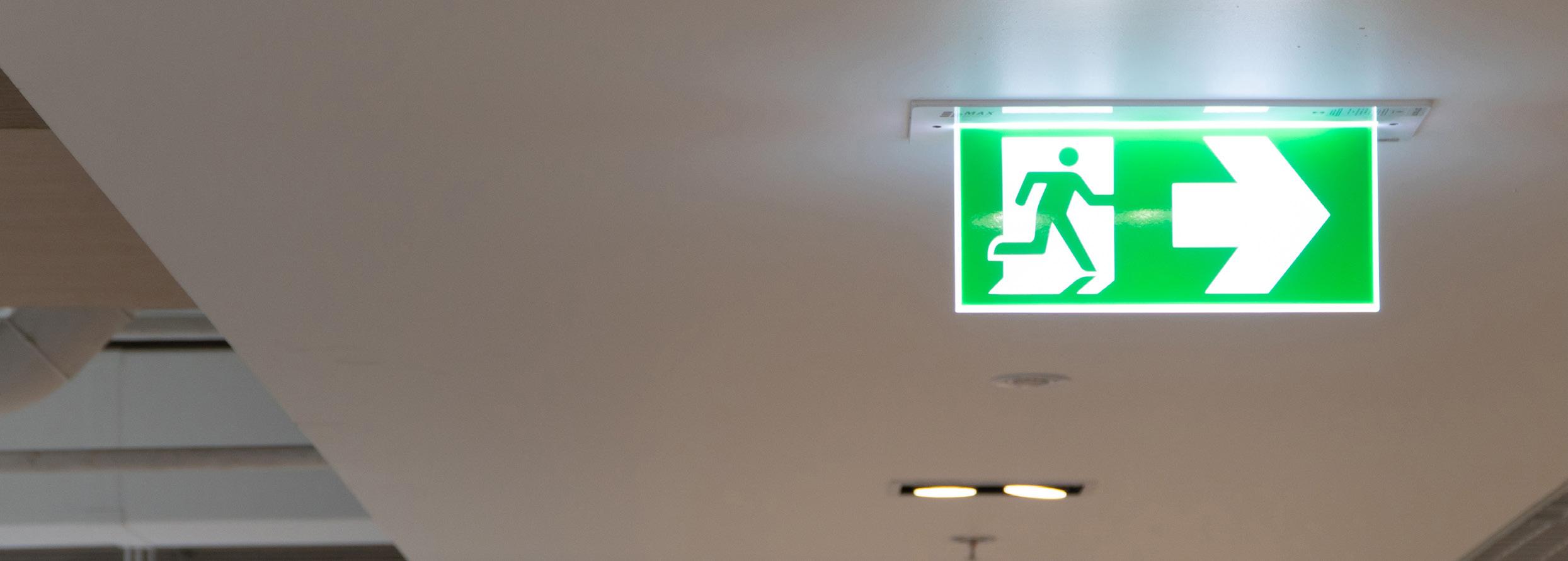Lighting for

Car Park.
Pedestrian approach. RENO is a great lighting solution for paths approaching an entrance
Main entrance. DENALI is an impressive fitting announcing, “you
Reception areas and boardrooms.
surface or suspended fittings are ideal, especially for higher ceilings.





complements
and is suitable for outdoor car parks
Office lighting needs to change
For employees. Post COVID and working from home people expect more of office lighting than dull rows of 600 x 600 panels. Human centric, sustainable and controllable lighting is a minimum requirement for an office that seeks to attract and retain motivated staff.



For employers and landlords. Electricity costs are the latest headache. When electricity was £0.12 per kWh we could (sadly) afford to leave the lights on all day. Now, with electricity prices several times that, and very volatile, we need to look again at lighting controls to bring running costs down. Energy saving is back in fashion.
meeting rooms. STERLING Tp(a) rated panels provide low glare lighting and can be part of a circadian installation.
Corridors. YALE is a robust linear solution for corridors and back-of-house areas.
Toilets. PRESTON is an IP65 rated solution and can be fitted with a sensor.

Notional corridors. WESTMINSTER is a lowglare fitting, ideal for use alongside STERLING & LINCOLN
Office. LINCOLN is an attractive alternative to conventional 600 x 600 panels
All the products shown here carry a 7-year warranty, which starts from the date of installation.
Lighting controls now deserve renewed attention
Lighting controls to save energy
Rising energy costs mean that switching the lights off when they aren’t needed, or dimming them down when there is plenty of natural light, has never been so important. Our simplest lighting control solutions can do this.
Human-centric lighting –to help entice us back to the office
More sophisticated controls don’t just save energy - we can use them to create a human-centric environment – an office that is more attractive to work in, that supports our well-being and combats stress and fatigue.


Introducing different scenes in a meeting room, dimming the lights zone by zone in an open-plan area, providing manual dimming control in break-out areas – all these measures help create a more personalised environment.
Case study
A call-centre operating 24/7 and handling 999 calls wanted a lighting solution that would combat drowsiness, especially for the night shift. Management was keen not to compromise the health of the staff, so bleaching the office with bright light at a high CCT was just not an option.
They consulted NVC and we proposed a circadian solution:
• Lighting controls – LightBox. A DALI based control system that can be programmed with the CCT required in each lighting zone throughout a 24-hour period.
• Luminaires – STERLING 600 x 600 panels, each with 2 sets of LEDs, one cool white and the other warm white. Each luminaire can deliver any CCT from 2700K (simulating dawn or dusk) to 6500K (similar to sunlight at midday).
• LED drivers. DALI DT8 drivers with twin outputs to deliver the CCT required.
This is now implemented and working well. “We have a lot of experience managing staff on shifts, but it’s hard to balance the short term need to keep people alert with the longer term risk that can impose on their mental health” - call centre manager.
It’s a balancing act:
• Short-term productivity and responsiveness. High light levels at a high CCT (6500K) can keep people alert for a full shift, but they go home “buzzing” and don’t sleep well.
• In the medium term, poor sleep patterns lead to absenteeism. Overall productivity drops.
• In the long term, poor sleep patterns evolve into chronic stress and staff move to other jobs. More bright light to encourage the remaining staff to work faster only exacerbates the problem.

Lighting that follows the natural
We
rhythm in both CCT and intensity helps maintain alertness,
to wellness,
attendance and productivity.
of the UK
system
resilient.
Manual test is mostly confined to very small office projects.

Self-test will be ideal in many offices, but if testing would be disruptive if it was not carefully scheduled, then addressable self-test would be more suitable.

Addressable self-test is best for large projects and those requiring control and scheduling of when testing takes place.


















